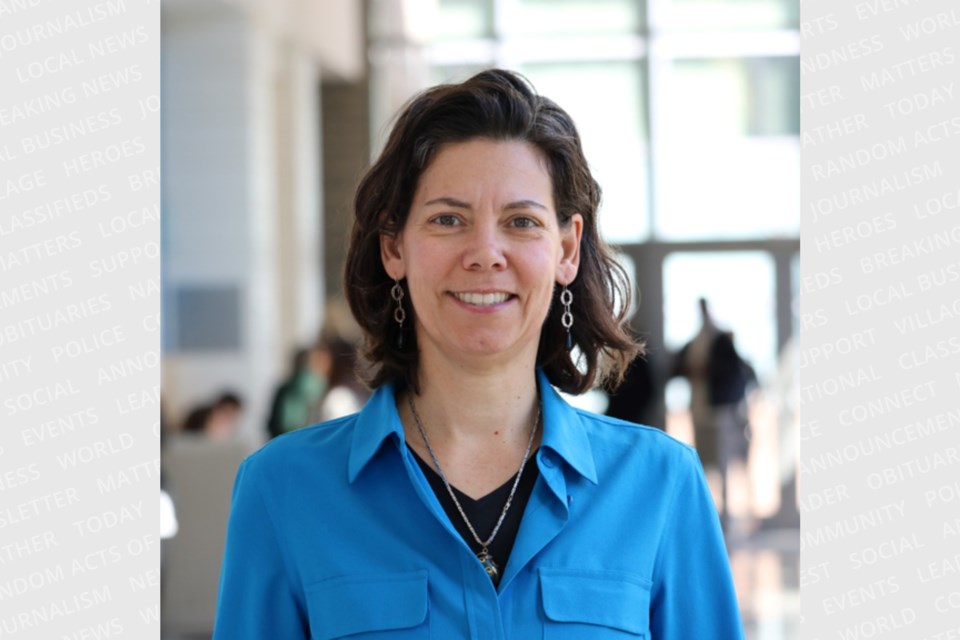Sport should be a safe experience for all athletes, young and old, male and female, elite and recreational, free from sexism, racism, intimidation, and disrespect.
So says Julie Stevens, associate professor in the Department of Sport Management, and director of the Centre for Sport Capacity at Brock University, who has edited a book which addresses the important issues related to sport safety in Canada.
“Last June at Brock, the Centre for Sport Capacity hosted a virtual athlete's sport forum with several speakers, including academics and professionals in the sport sector,” said Stevens, “and we wanted to keep the momentum building. The next step was to invite some of those presenters, as well as others championing safe sport, to contribute to a book. And that’s exactly what happened.”
Launched in 2022, the e-book, entitled Safe Sport: Critical Issues and Practices, is an open-access file providing timely critical insights for researchers, policy makers, sport leaders, and grass-roots community organizations. The free file can be downloaded at here. An abridged version of the digital book has also been produced in French.
“I believe we have reached the tipping point, where stakeholders are ready to address the long-term negative ramifications of the failure to ensure safe sport for athletes at all levels in Canada,” said Stevens, who feels that the collection of 18 chapters from 21 contributors provides evidence-based insight and practical case studies related to Safe Sport, which will both inform discussion and produce action.
The Safe Sport movement in Canada began relatively recently, when concerned politicians and sport leaders decided to start a dialogue to discuss the importance of ensuring safe sport in national and local organizations.
“There was a summit in Ottawa in 2019,” said Stevens. “Kirsty Duncan, a member of parliament who was also the Minister of Sport, was one of the driving forces, pushing for a national body that would oversee a renewal. A survey was created to collect research about national team athletes, and any maltreatment they reportedly suffered.”
There have been several high-profile cases in the United States of athlete abuse and mistreatment. Perhaps the most glaring involved Larry Nassar, a former osteopathic doctor who served for 18 years as the team doctor for the U.S. national women’s gymnastics team. Nassar repeatedly sexually assaulted at least 265 young women and girls under the guise of medical treatment, and was exposed in a cover-up scandal in 2015. He was convicted, and sentenced to life imprisonment without parole.
“We are seeing more and more examples of Canadian athlete voices calling out situations where they've experienced maltreatment,” said Stevens. “It's happened across several sports. The current initiative is to build a larger forum to hear from athletes, and not just the high performance competitors, but also those at the community level.”
The Coaching Association of Canada (CAC) contributed a chapter in the book which details timelines of their own initiatives, including the launch of a responsible coaching movement back in 2016. Since then, they have expanded their Safe Sport education and training components, and now offer workshops and modules for coaches at all levels.
For local sport clubs and associations, the first step is to start a dialogue within the organization to build understanding, said Stevens.
“Safe Sport needs to become a permanent commitment of every sport association. Sport values must be enacted, not simply espoused. The most important message is that safe sport is everyone's responsibility. It’s not just on coaches, or volunteers that sit on the boards, or parents, or athletes. Everybody need to work together to start the process.”
All the Safe Sport directives won’t be completed in one fell swoop, but the key thing is to move forward, said Stevens.
“Culture change within an organization needs to occur, as well as structural change which involves codes of conduct and policies, formal mechanisms to bring concerns and issues forward. You can't have one without the other. They work together.”
